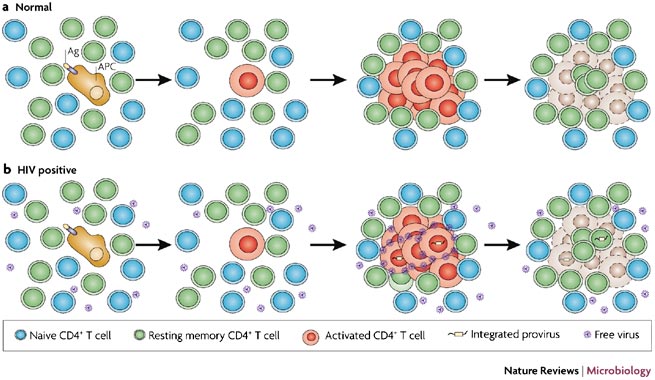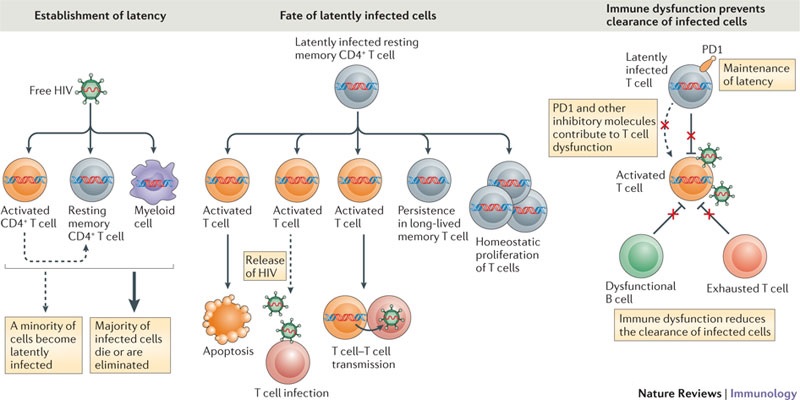Immunocore has published key results for its new preclinical candidate for HIV, ImmTAV. This TCR-based immunotherapy has succeeded in targeting T-cells where HIV infection often ‘hides’ from drugs.
![]() Just after presenting promising results from its leading candidate at ASCO 2016 (read our coverage here), Immunocore is making headlines in another area – infectious disease.
Just after presenting promising results from its leading candidate at ASCO 2016 (read our coverage here), Immunocore is making headlines in another area – infectious disease.
The UK-based Biotech has published key results of its HIV research in Nature‘s publication Molecular Therapy. Carried out in collaboration with the University of Oxford, the work outlines the application of TCR (a sort of sibling of CAR-T) to try to cure HIV.

While antiretrovirals have much improved the management of HIV, total cure is still currently out of reach for the 37 million people infected worldwide.
A major obstacle in finding a cure is to clear all the copies of HIV in the body (virus reservoirs). These copies persist in long-lived CD4+ T-cells, which often show very few signs of infection – such as HIV epitopes in their cell surface. In this way, they can escape the immune system.
In its new work, Immunocore is showing success in this front. Its TCR candidate for infectious disease (ImmTAV) was able to re-direct the immune system to kill HIV-infected cells, even those ‘laying low’ like CD4+ T-cells.

The study was carried out in cells from infected patients, who had already been treated with antiretroviral therapy – so ImmTAV has potential to improve the health of those who have HIV infection under control.
Immunocore’s therapy worked more efficiently than the patients’ natural immune response to HIV because it has been designed to detect very low levels of viral proteins.

This type of reservoir-targeting strategies had already been outlined as a priority by big shots like Gilead.
Immunocore’s success in this area was off the public radar (its disclosed information is highly focused in its cancer programmes), but maybe it can help further explain the massive €300M it amassed last year from private investors.
All in all, this is great news in HIV research. Could the well-funded Immunocore speed past other candidates to cure HIV (like Theravectys’ lentivirus vaccine or InnaVirVax anti-CD4+ antibody) which are already in clinical development?
Feature Credit Image: Pixabay
Figure 1 Credit: Han et al. (2007) Experimental approaches to the study of HIV-1 latency. Nature Reviews Microbiology (doi: 10.1038/nrmicro1580)
Figure 2 Credit: Deeks et al. (2012) Towards an HIV cure: a global scientific strategy. Nature Reviews Immunology (doi: 10.1038/nri3262)





